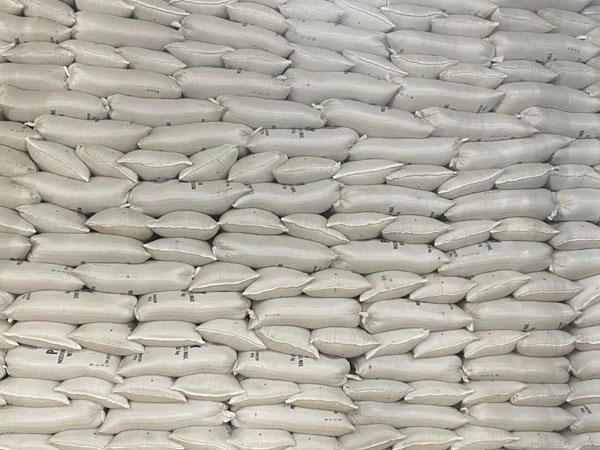 Lower rate, import volume
Lower rate, import volume
MANILA, Philippines — The government’s rice tariff collections in January plunged by 70 percent on an annual basis because of lower tariff rate and decline in import arrivals.
Bureau of Customs (BOC) data showed it collected P1.43 billion in rice tariffs last month, about P3.31 billion lower than the P4.74 billion recorded in the same period last year.
Rice import volume in January fell by more than a quarter to 330,501 metric tons from 474,194 MT in the same month last year.
Industry sources told The STAR that imports were down because of the high carry-over stocks from last year when private entities imported a record-high 4.8 million MT of rice.
Furthermore, some importers canceled their contracts last month after Vietnam rice prices sharply fell due to its forthcoming harvest amid abundant global supplies driven by the return of India to the world market.
Data from the Bureau of Plant Industry showed that rice import applications by private entities in January plunged substantially to 383,452 MT from 2.25 million MT in the same month last year.
Earlier this month, the United Nations’ Food and Agriculture Organization (FAO) reported that Vietnam rice prices saw a steep decline last month as harvest in the world’s second-largest rice exporter is set to begin, coupled with the imposition of a price ceiling on imported rice by the Philippines.
The FAO pointed out that the implementation of a maximum suggested retail price by the Philippines, which is Vietnam’s prime destination for rice, coupled by the declaration of a food security emergency on rice impacted Vietnam rice prices.
As a result, Vietnam rice prices, especially for premium five percent broken, fell by $9 to $62 per MT, according to the FAO.
The average price of the country’s imported rice in January saw a slight dip to $505 per MT from $512 per MT in the same month in 2024, BOC data showed.
Industry sources also noted that the prevailing lower tariff regime on imported rice might pose a threat to the P30 billion minimum funding requirement of the government’s rice competitiveness enhancement fund (RCEF).
Experts emphasized that rice imports may have to double from last year’s record-high volume in order for the government to collect P30 billion in tariffs because of the low rate coupled by declining world rice prices.
Last year, the BOC collected a record P34 billion in rice tariffs, driven by bigger import volume coupled with higher shipment valuation and a weaker peso. The amount guarantees the RCEF budget this year, with the additional or excess collections bankrolling other programs aimed at improving the competitiveness of the local rice sector.
On a peso basis, the average price of imported rice in January increased by three percent year-on-year to P29.4 per kilo from P28.58 per kilo due to weaker currency during the period.
Nonetheless, the average landed cost of imported rice last month fell by 12 percent on an annual basis to P34 per kilo from P39 per kilo, thanks to the record-low rice tariff rate of 15 percent.














© Copyright 2025 The SSResource Media.
All rights reserved.